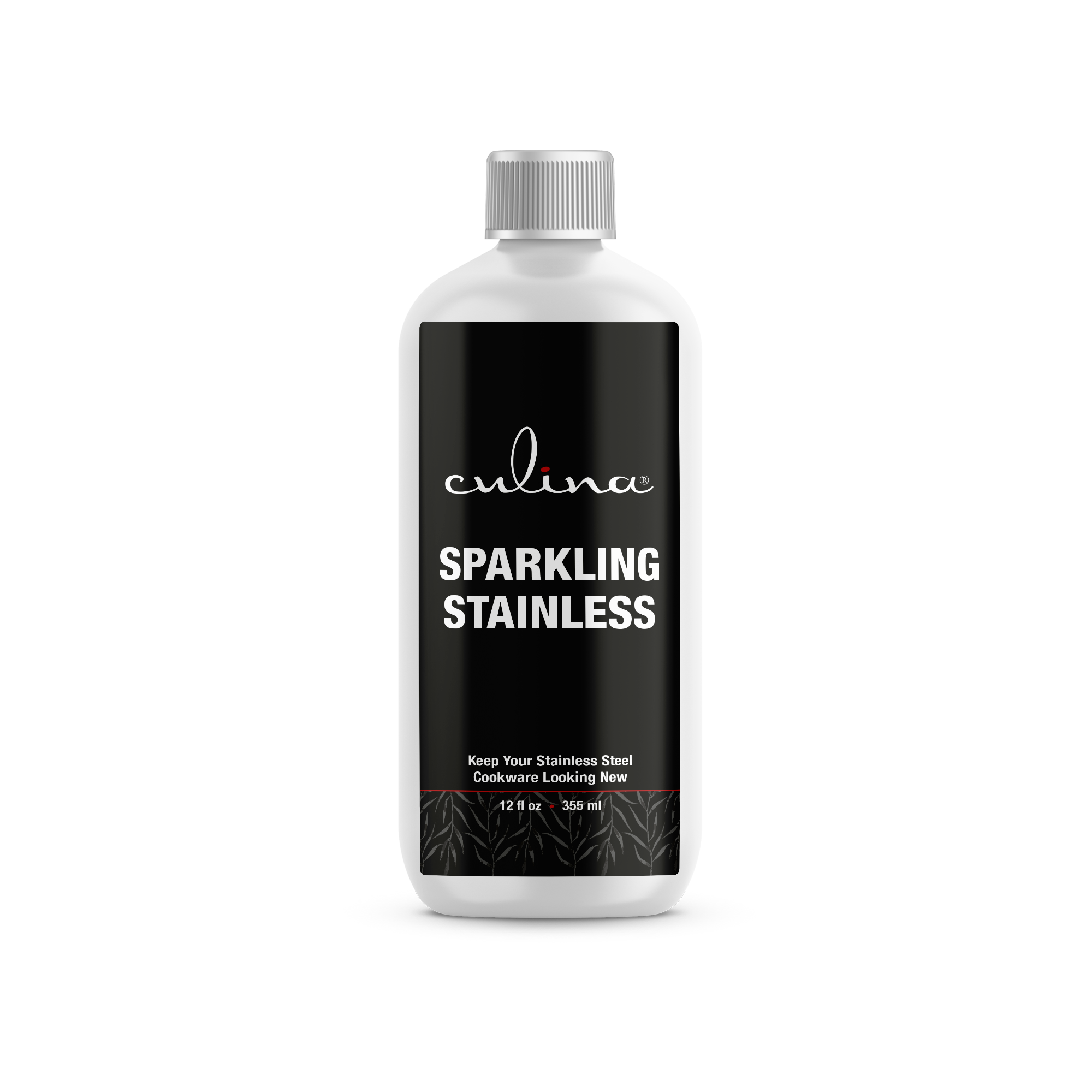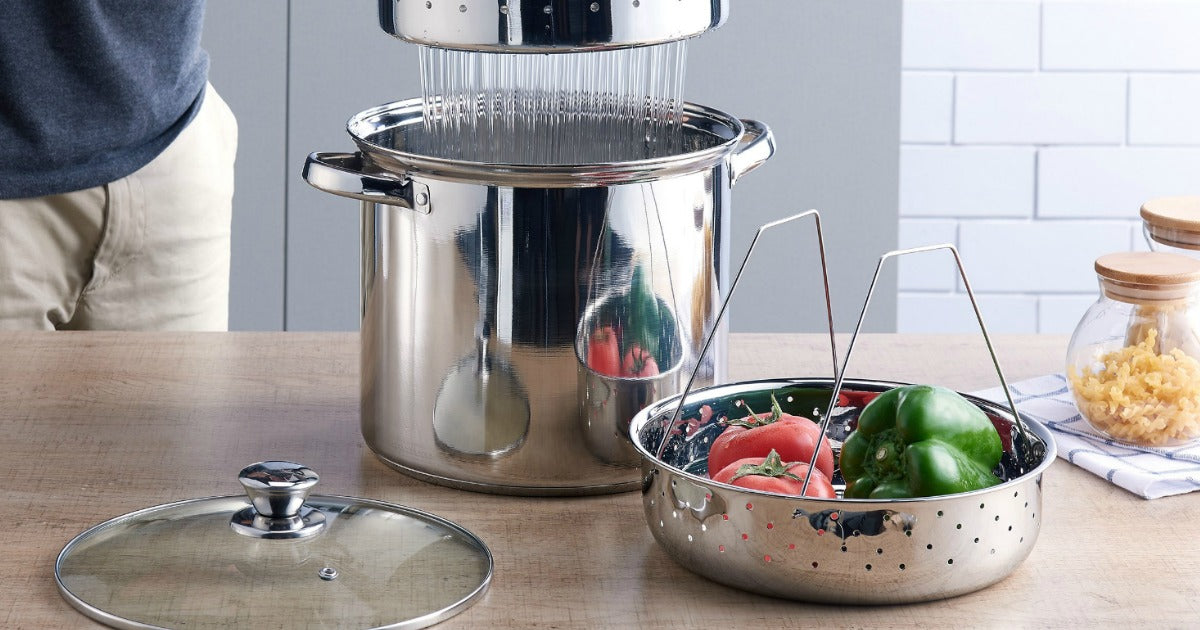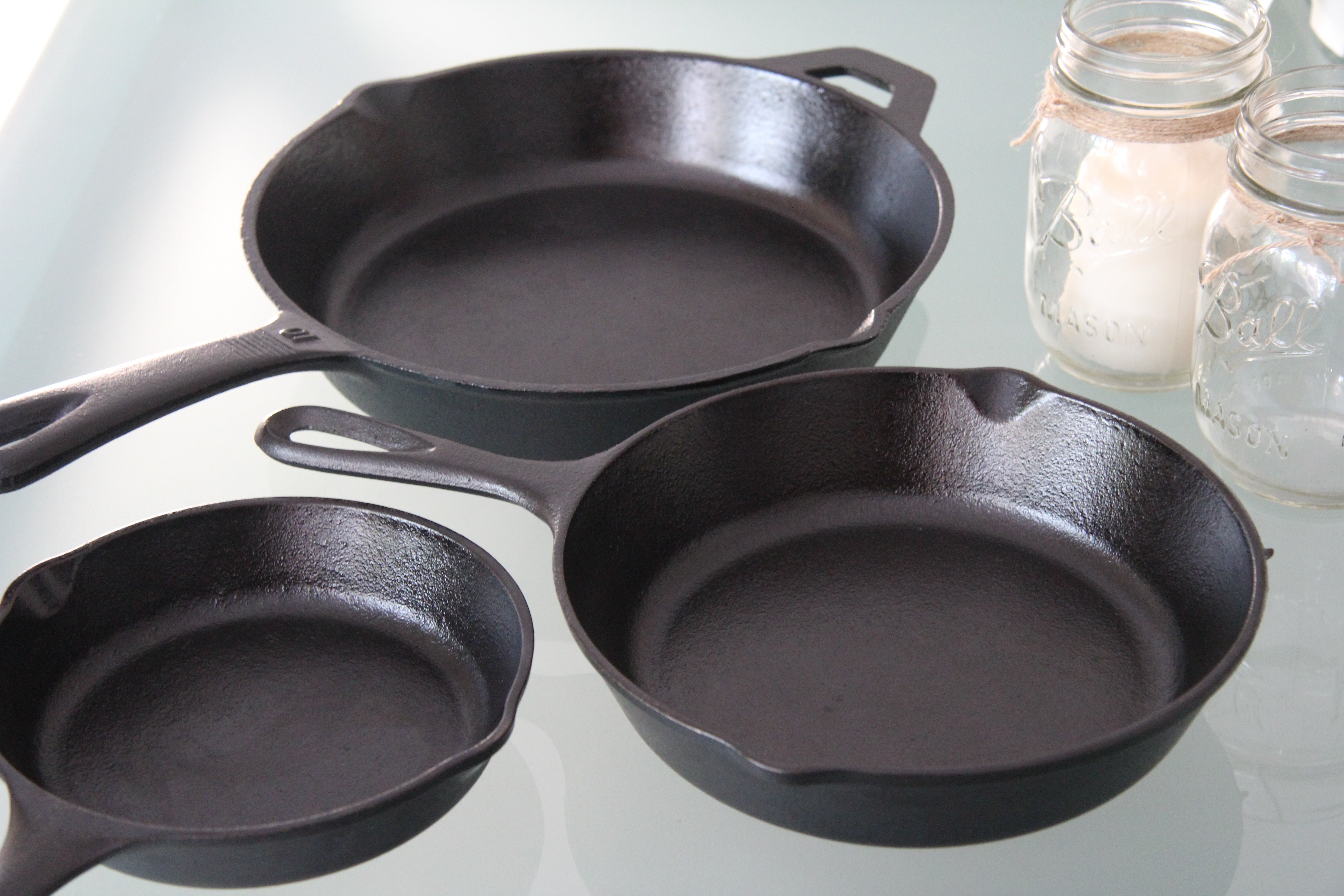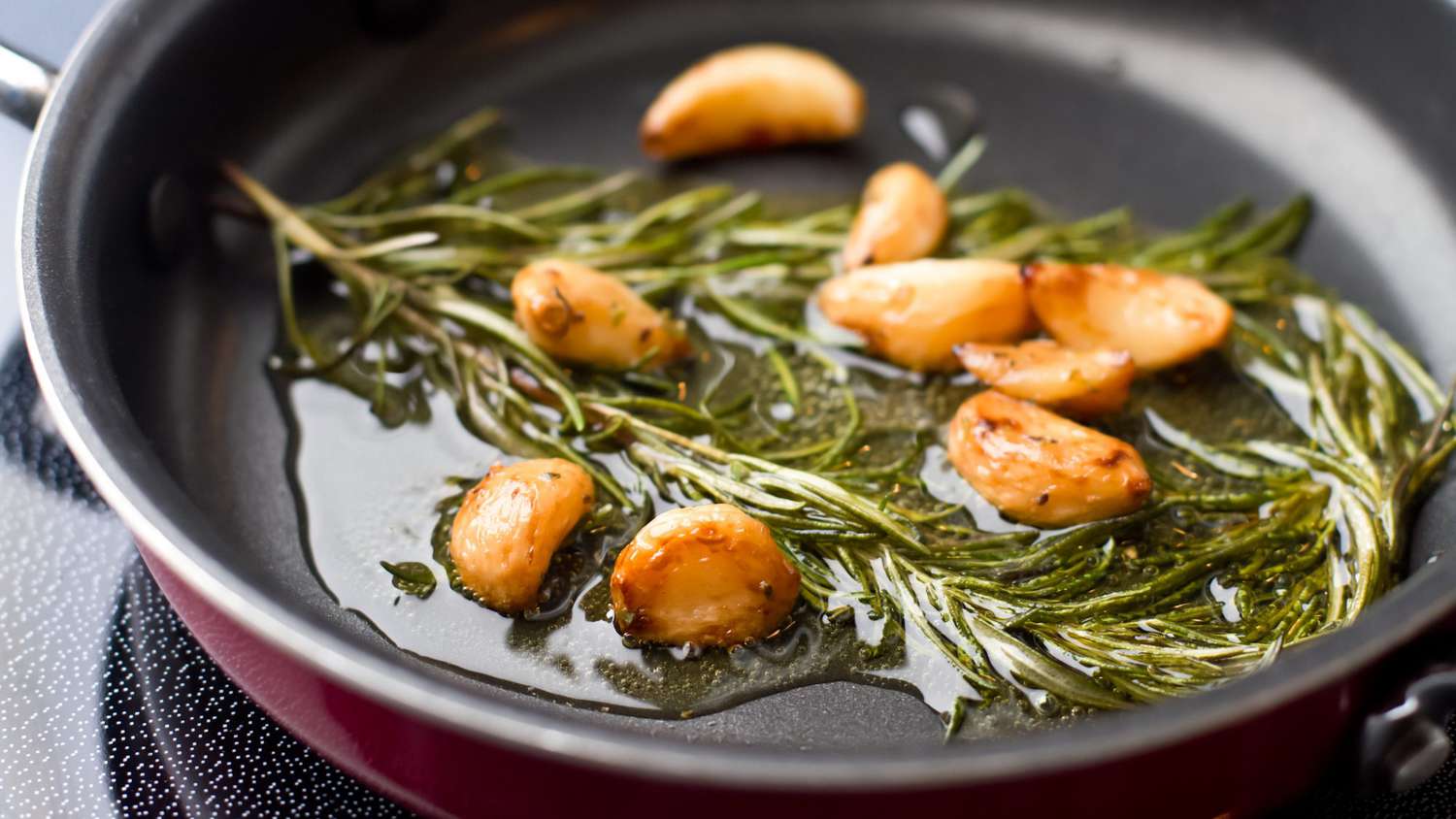The choice of **stock pot** is crucial for **canning** enthusiasts and kitchen professionals alike. When it comes to the question, What size stock pot for canning?, various considerations come into play. The size you need can significantly affect both efficiency and results in the canning process.
Canning is all about ensuring that food stays preserved safely. To do this, having the right equipment is paramount. Here, we'll break down the ins and outs of stock pots specifically tailored for canning, while also addressing the necessary capacities to accommodate different batch sizes.

Importance of Stock Pot Size in Canning
Understanding the **importance of size** in your stock pot can lead to more successful canning sessions. The **size of your pot** directly influences how much food you can preserve in one batch. If you use a pot that is too small, you may end up overcrowding it, which can lead to uneven heating and potential spoilage. Conversely, an excessively large pot may waste energy and space.
Common Stock Pot Sizes and Capacities
**Stock pots** generally come in various sizes, ranging from 6 quarts to over 20 quarts. Understanding these metrics is essential.
- **6-12 Quarts**: Ideal for small batch canning. Perfect for beginners who want to experiment with canning fruits or vegetables.
- **16 Quarts**: A popular choice for home canners. It allows for sufficient room to can multiple jars simultaneously.
- **20 Quarts and above**: Best suited for large canning operations. Great for processing larger quantities of food, such as when harvest season hits.

Choosing the Right Material for Your Stock Pot
The material from which a stock pot is made can also impact its effectiveness for canning. Here are some common materials:
- **Stainless Steel**: Durable and non-reactive, making it an excellent choice for canning.
- **Aluminum**: Lightweight and heats quickly but can react with acidic foods.
- **Enamel-Coated Steel**: Generally safe and non-reactive but can chip easily.
Understanding Canning Techniques
Different methods of canning, such as **water bath** and **pressure canning**, may require different **pot sizes**. Adapting your equipment based on the method will ensure safe and effective preservation.

Temperature and Heat Distribution
Even heat distribution is crucial during the canning process. A stock pot designed with heavy bottoms promotes more consistent heating, which is important for achieving the right temperatures necessary for safely sealing your jars.
Additional Features to Look For
When selecting a stock pot, consider the following features:
- **Lid**: A tight-fitting lid is essential for maintaining the necessary pressure and heat during canning.
- **Handles**: Strong handles that can insulate heat will help in safe handling.
- **Compatibility with Induction Cooktops**: If you have an induction cooktop, ensure the stock pot is compatible.

Preparing for the Canning Process
Before you begin canning, always measure the volume of jars you plan to use. This can guide you in selecting the appropriate pot size.
Follow these steps for an easier canning experience:
- Gather your ingredients and tools.
- Measure how many jars you plan to can.
- Select your stock pot based on this information.
Common Mistakes in Canning
Kitchen professionals often make several common errors while canning:
- Using the wrong pot size can lead to poor results.
- Overcrowding the pot can result in uneven heating.
- Failing to monitor temperature accurately.
Each of these errors can be avoided by committing to understanding what size **stock pot** you require.
Frequently Asked Questions
1. What is the best size stock pot for pressure canning?
The best size stock pot for pressure canning typically ranges from **16 to 22 quarts**. This size ensures you can process sufficient jars without overcrowding.
2. Can I use a smaller pot for canning?
While you can use a smaller pot, it's not recommended. A small pot can lead to uneven heating and inadequate sealing of jars.
3. Should I invest in a specialized canning pot?
Yes, investing in a specialized canning pot can give you better control and safety during the canning process.
If you want to expand your knowledge about stock pots and canning practices, check relevant articles such as how large stock pots are and 20-quart stock pot sizes.
As an Amazon Associate, I earn from qualifying purchases.






Leave a comment
This site is protected by hCaptcha and the hCaptcha Privacy Policy and Terms of Service apply.